Between 1930 and 1931, American Car & Foundry in Berwick, Pa., built 300 of the R-1 class subway trains. Designated “R” for “revenue,” they were built for operation on New York City’s IND (Independent) Eighth Avenue line.
These 60-foot cars, numbered 100 through 399, could carry 56 passengers. Each had a half-width driver’s cab on each end. The R-1s soldiered on, operating into the 1970s. Thanks to their riveted style, they came to symbolize the subways of New York City.
The model
Since MTH launched the O gauge subway frenzy in the late 1990s, it has offered quite a few attractive designs. Some have a general application that would look at home wearing the transit logos of New York, Chicago, or Washington, while others are tied to specific locales or eras.
The Premier line MTH R-1 is clearly a product of a locale and an era. Big steel rivets, along with a drab green paint scheme, suggest an era of steam and steel instead of alloys and electronics.
Let’s start with the business end of this four-car rig. Yep, we’ve got yer rivets right here on the end of the car, and they’re accented by simulated safety rails and gates on both sides of the nose. The same rails and gates, for multiple unit operation, are repeated on the front and back of every car.
There are four running lights, two on either side of the train route board and two just above coupler level. The train looks superb, especially in dim light.
The end door has a gold-painted handle, three safety chains, and the inscription, “Passengers are forbidden to ride outside the door.”
Just inside the cab window, you’ll find a motorman. There is no mirror-image operator at the opposite end of the car, which is as it should be.
The body of the car accurately models four sets of doors and multiple windows. On each side, near the motorman, you’ll find the nomenclature, “Wash Hts.-207th St., Fulton-Euclid Ave., and A/8th Ave. Express.”
The underside of the car features details including tanks, battery boxes, and coils. This is where you’ll find the backup battery-charging plug, volume control, and a switch to select between express and local sound modes.
The power car features two can-style motors and coil couplers. The die-cast metal trucks have simulated third-rail power pickups, which are accented by red paint on the side frames.
The interiors of the cars feature passenger figures, and the power car has a shield that hides the workings from view – the passengers are seated between it and the windows. In the unpowered cars you’ll find illuminated full-width interiors with standard seating and a mix of seated and standing O gauge figures.
For a drab-looking paint scheme, MTH has done a nice job. The window frames are painted gold, and the name “City of New York” is on the middle of each car. All additional lettering is crisp.
On the test track
During testing, the performance of our sample subway outfit in conventional- and command-control modes was top notch. But a few weeks after our formal tests, the subway went halfway across our workshop layout, then slowed down, stopped, and shut down its sound system. We tried to re-start the subway in conventional- and command-control modes, and although the interior lights came on, it didn’t pop back to life.
It was our first ProtoSound 2.0 failure in several years.
Earlier, during testing, our low-end speed average was 6.3 scale mph, and the high-end speed average was 60 scale mph. Each powered truck has two traction tires. Drawbar pull for the 2 pound 8 ounce powered unit was 1 pound 13 ounces. You wouldn’t want the R-1 to pull a freight train – but, just like any MTH diesel locomotive, you could!
The subway’s ProtoSound 2.0 package is filled with sounds of the New York underground system, with the clamor of automatic starts and stops, and the general hubbub of passengers.
The vintage, retro look of the R-1 subway set really appeals to me, and the sound system is unique to this particular New York City train. Despite our set’s uncharacteristic electronic failure, I still give MTH two thumbs up for this neat, well-executed subway.
Price: $499.95 (no. 20-2554-1)
Features: Operates on O-42 or wider-diameter curves, two can-style motors in power car, MTH’s ProtoSound 2.0 system
Pros: Looks great, pulls like a horse, nifty sound system
Cons: Our sample locomotive died on the tracks a few weeks after our tests were completed
Made in the People’s Republic of China for MTH Electric Trains





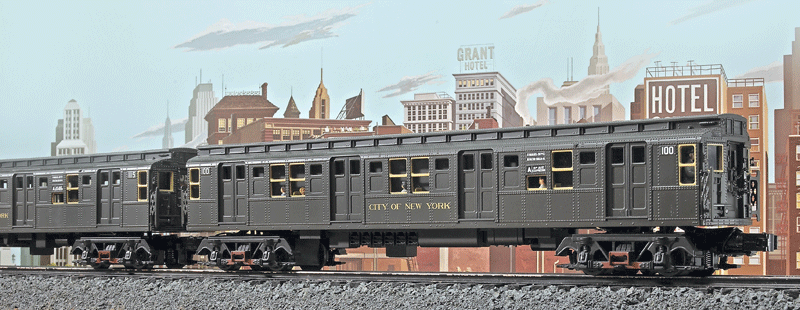

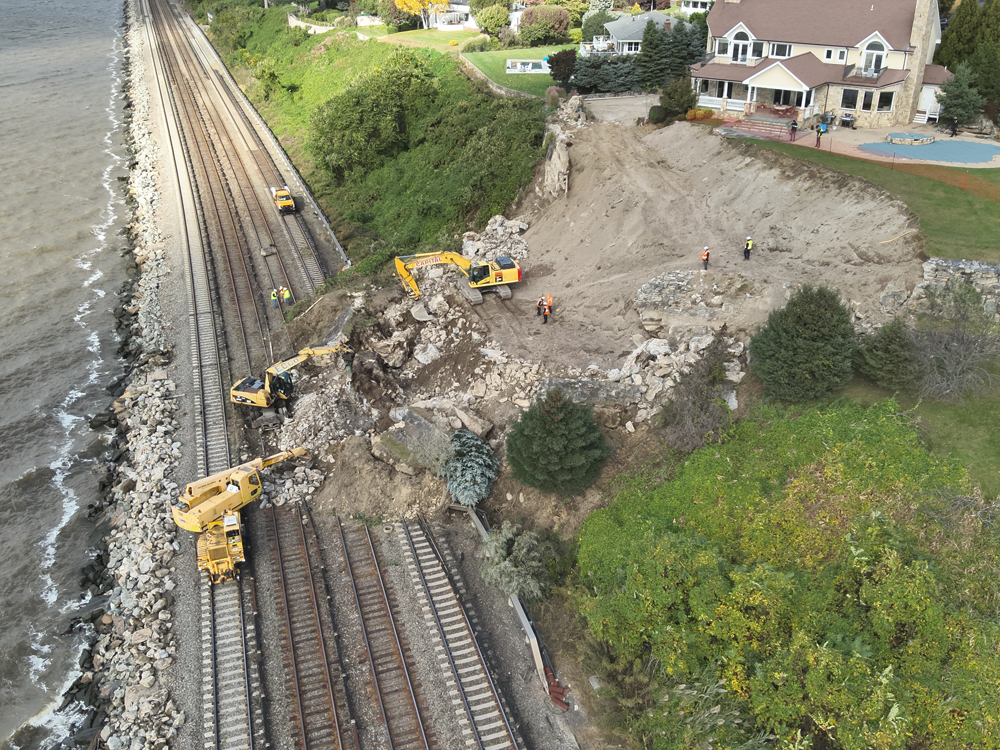
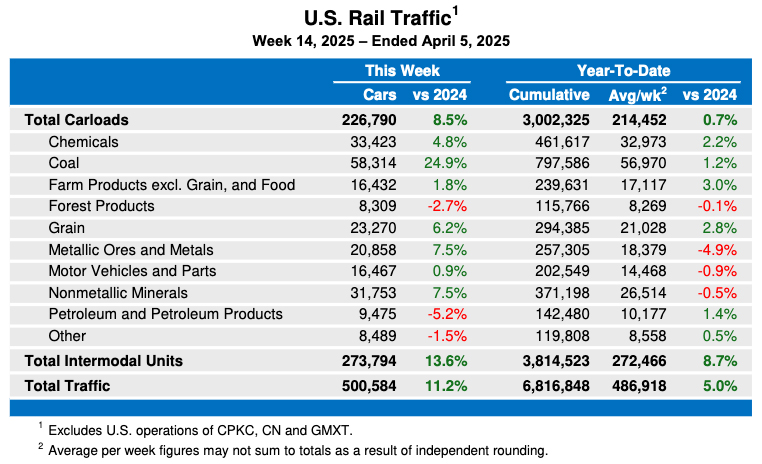
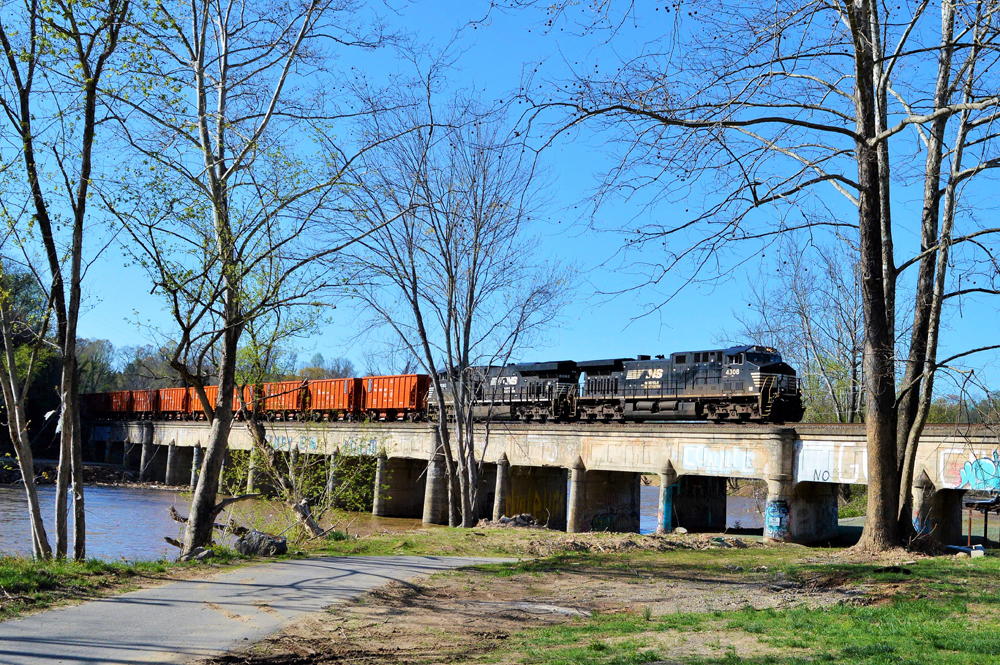
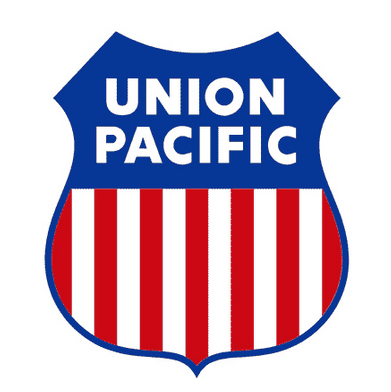




Which similar vintage cars ran on the "D" line in the Bronx?
To John Mortlock
You are mistaken at that time the R-1 ran only on the
F (IND) line going to Coney Island, the sea beach
line ran the BMT Standards with MTH also made.
I just bought my R-1 subway train, and it looks exactley like the one's that I used to ride on when I was a small child back in the 1956 – 1960's era
in New York City. We used to call it the " Sea Beach Line ", because we used to ride it through Brooklyn,
N. Y. to go to the beach
, it also went to Coney Island, which at that time was a huge amusement park at the most southern part of Brooklyn, N.Y..
This is a fine replica of the train that I remember from long ago.